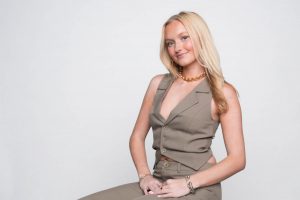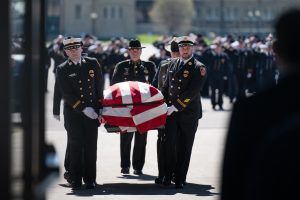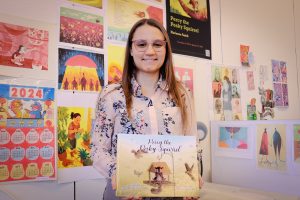A search for refuge in the American reality
A search for refuge in the American reality
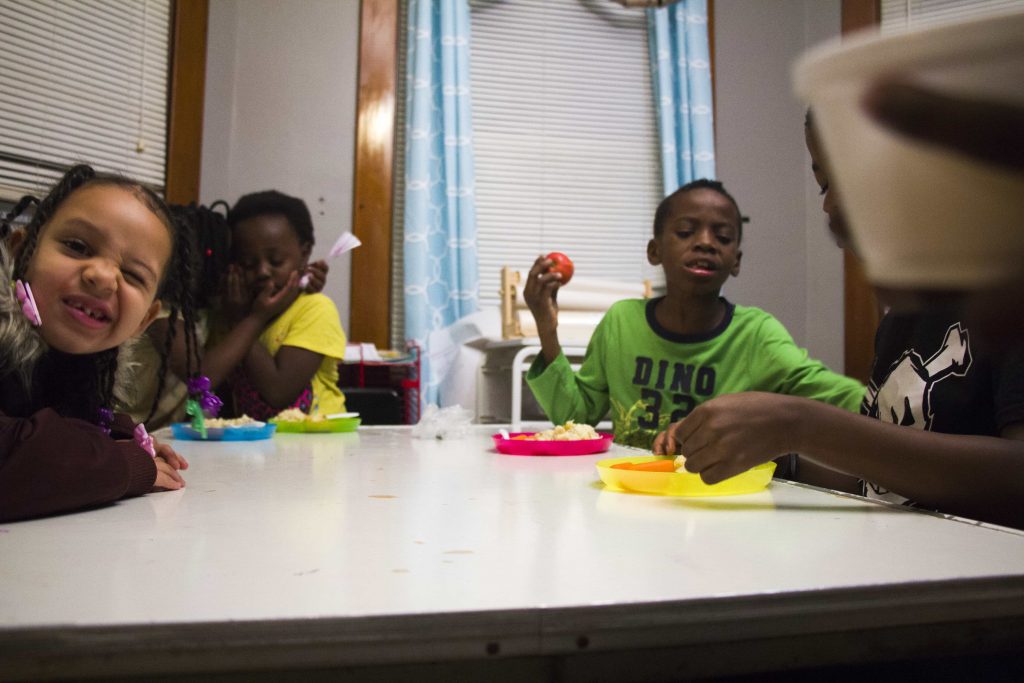
There’s a street called Lilac in Syracuse where residents hang out on their front porches like it’s a never-ending block party. A gray-green, two-story house is nestled at the heart of the street between a white duplex, where it seems like someone is often shouting, and a side yard the size of a single lot where elementary-aged kids play. They swirl around in the summer sunset, their laughter rising with the fading heat. They chase after one another in floral dresses and teenage mutant ninja turtle shirts. A perimeter of bright flowers envelopes their fevered activity, separating them from the sidewalk and the road beyond, where black wires drape from one telephone pole to the next like urban paper chains.
This house is home to a place called Hopeprint, an organization that aims to help resettled refugees thrive through English-learning and goal-setting programs. Outside, Nicole Watts, the founder of Hopeprint, and Jes Sudol, the director of kids and youth, are leaving for the night, and as they walk down the street to dinner, they pass a rainbow of paneled houses — turquoise, rust-red, fading yellow, midnight blue. Then, the mechanical growl of a car starts at one end of the street and grows louder. Nearer. Gunshots crack and bullets rise. Watts and Sudol duck behind parked cars, their breaths following after the violent gust of air that the car leaves in its wake. They stand and run back to the kids on Hopeprint’s lawn.
No one is hurt; the bullets only flew into an abyss. But Watts and Sudol go down the street to check on an Iraqi refugee family, who were on their front lawn just 10 feet from the car as the gun fired. The mother looks at these two women and says with a voice of absolute confidence, “Iraq — here. Same. Same.”
A few years later, Sudol sits inside the Hopeprint house on Lilac and says, “That’s a big comment when you think of the drama and trauma that people are going through prior to coming to the U.S. Her sons have seen a school building explode. For her to make that comparison, that says a lot to me.” But it’s the end of October in 2018. And during a recent period of three-and-a-half weeks, from September 20 to October 13, there were eight shootings involving people 21 or younger in Syracuse. An 8-year-old was shot in a mass shooting on the South Side. A 15-year-old named Loindale Johnson was fatally shot in the same area. And just around the corner from Hopeprint on the North Side, a 12-year-old named James Springer III was shot and killed. Now, faced with this uptick in shootings within such a short time span, Sudol senses a heightened fear in her community, and the Iraqi woman’s claim grows more believable by the day. The marketing campaign that is the American Dream would like the world believe that there is a big difference between America and Iraq. But when refugees arrive in Syracuse expecting the American dream, they are met instead with this American reality, one of violence and its agitator: poverty.
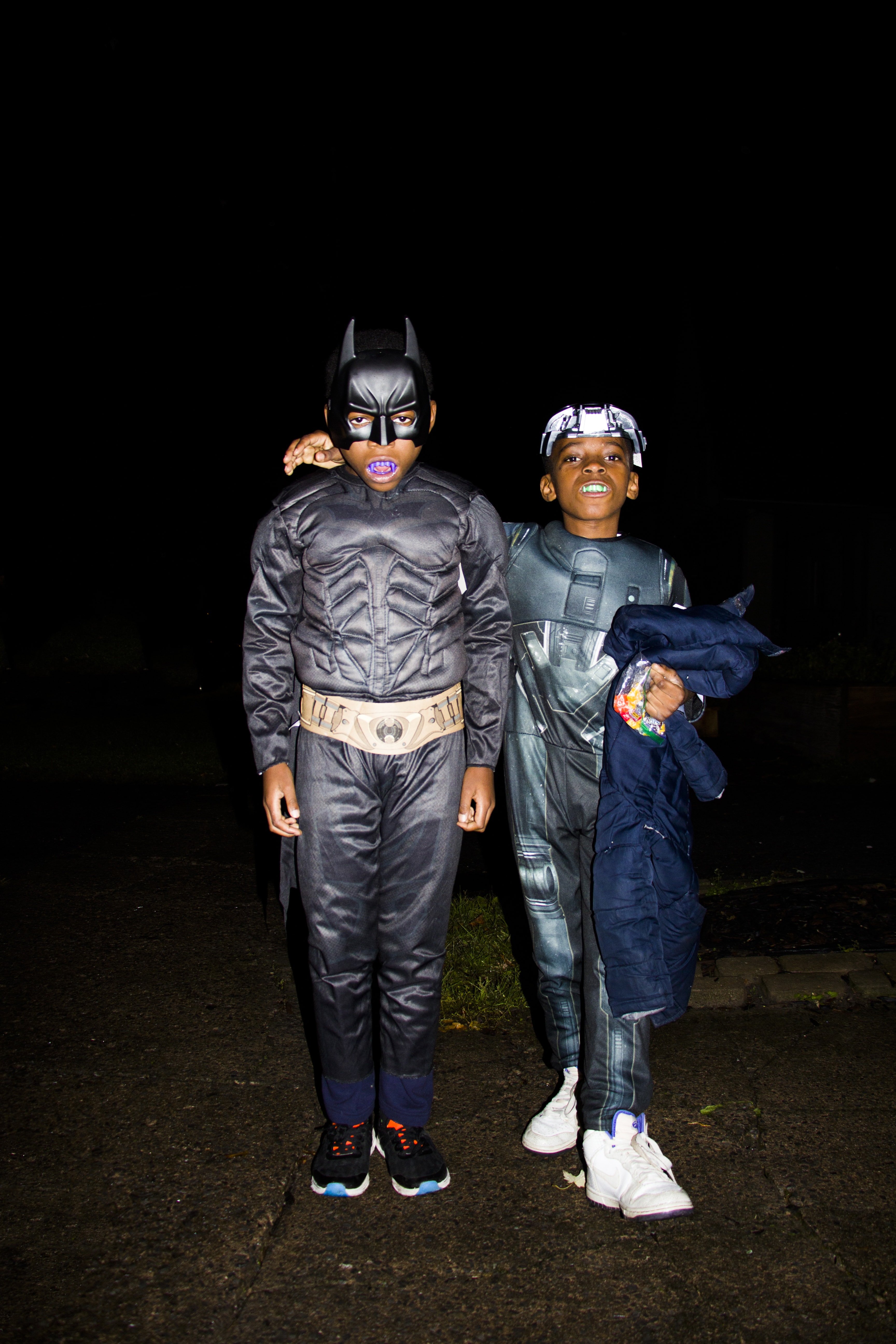
On Monday and Tuesday nights, Sudol leads Hopeprint’s programs for refugee and local children in the warmth of the gray-green house. Inside, a white tapestry spans the wall of one room to say, “Be Amazing.” A blue one has a map of the world with velcro animals attached to their home continents. Someone has displaced a small panda, and now it floats alone in the fabric of the Indian ocean. The kids sit below the map at knee-high tables in pink chairs. The evenings always start with a home cooked dinner, like spaghetti, which falls out of their mouths as they laugh and shout over each other. Then, they work on their English and emotional literacy. After an hour and a half, the program is over, and happy chaos congregates by the front door. But kids who once would walk themselves home, even those who live less than a block away, are now afraid to go alone.
Livesay Boggus, the director of operations for Hopeprint, says, “Some of the kids who’ve been killed recently have been their age, so I’ve heard children in the past couple of weeks say, ‘Can you walk us home tonight? We don’t feel safe.’’’ These are the same children who fled from their home countries with their families in order to find refuge in America. Many already know what it is to be traumatized. They arrive in the states thinking they will no longer fear for their lives, but that trauma can still linger and trigger in Syracuse. “They come to seek safety. And to an extent, the danger is different here,” Boggus says. “But what it comes down to is that those kids were still afraid to walk home. They wanted to be sure that they’d make it home alive.”
In the darkness outside, kids line up at the sidewalk, waiting for an adult to walk them home in groups. Water from a seemingly constant October drizzle sparkles on the concrete, catching light from the sulfur-yellow street lamps and transforming it into tiny stars on earth. On their route home, the kids walk by houses with boarded windows and graffitied doors. They step over broken glass and potholes. They pass traces of the thing that feeds violence. “Poverty is already about as bad as it can get here,” Watts says. “The worst place you can put a human being is in a place without hope. The quickest road to violence is to put a human being in a place without hope. Hope is a really important motivator for people.” The tiny bodies of the children shrink as they walk away from Hopeprint. Overhead, police surveillance cameras peer down from telephone poles, and their blue lights blink.
According to the United States Census Bureau, Syracuse is one of the top 10 most impoverished cities in the Nation with a poverty rate of 32.6 percent in 2017. For comparison, Flint, Michigan leads the country at 41.2 percent, while the national rate is 12.3. Syracuse has a median household income of about $35,000, well below the nation’s median income of around $60,000. And a study published in 2015 showed that out of the nation’s largest metropolitan areas, Syracuse has the highest concentration of poverty among blacks and Hispanics. The affluent image of America that refugees arrive here with is quickly shattered by this reality.
“The way they told us is not how we found it,” says Rachel Uzayisenga, a refugee from Rwanda. “They told us a lot of just good things, not bad things,” Uzayisenga laughs, picking apart a cookie on her plate. She sits in Hopeprint’s office space, located on a main street through the North Side of Syracuse, where the organization hosts “Steps to Thrive.” This program aims to help refugees move out of survival mode and achieve goals such as obtaining a stable home, healthcare coverage, and viable employment. It also works as a sort of introductory course to American culture as it truly stands, stripped of its fairytale-like dream. Michele Mahoney, the director of the program, circles around the room holding Uzayisenga’s baby, who’s bundled in a fuzzy white onesie and staring out unblinkingly from her hood, refusing to smile. Mahoney says, “I have some parents who are like, ‘We thought we’d come to America and the houses would be nice. But we have mice and it’s cold in the winter and the landlord isn’t great, and this is not what we thought America would be.’ ”
Behind her, 25-degree air creeps through a long crack in the front window and into the grey interior. Worn, comfortable brown couches line the walls, and a giant wooden table stands in the center of the room. At the table’s end sit four Middle-Eastern women, chatting intently over snacks, which lie on paper plates next to their designer handbags. “If you’re coming from Syria,” says Watts, “It is not a step up for almost any family I’ve ever met. It’s a step down. Most likely, you fled in the beginning wave, so you had resources. You were middle to upper class. And then you’re being placed in a low to moderate income America, and you always thought that America didn’t have poverty struggles.”
Even the most well-off families arrive in America already in-debt, often using every resource they had to get here and taking out loans to pay for their plane tickets. Then, their certifications aren’t recognized, so even if they are a doctor or lawyer in their home country, they have to start from scratch. And for low-level English speakers without GEDs, scratch often means cleaning hotels, working in factories, or washing dishes. At that point, Watts says, “For someone who’s pretty motivated, has a strong ability to pick up language, isn’t undergoing significant trauma — like, they’re not having their trauma triggered by family who are still living in a war zone — someone who’s in that perfect scenario, you’re looking at three years before they’re getting into a life that’s above the poverty line.”
Uzayisenga arrived in America nearly 10 years ago at age 19 with a dream of going to school, but in Rwanda, she was only in eighth grade. Despite her caseworker’s efforts, high school was not an option for her. Instead, she stayed with an American family for six-months to practice her English, then went to an English Second Language school in the West Side of Syracuse. But, she says, “Life got hard,” so she left school for a job in manufacturing. In 2012, she got married, and now she has four kids. To her, this is not what thriving looks like. “I don’t want to lie, I don’t feel like I did anything better yet,” she says, raising her voice on that last word and throwing her head forward defiantly. “Because my big dream was going to school, and I don’t have anything that is about my dream. I can’t go to school right now because I already feel like I can’t do it. GED — they make it hard just to get in there. They make it hard. Somehow I like it, but you know, when you have a dream and you can’t make it, you always feel like something’s wrong.” Sitting next to her on top of a canvas baby-bag is a brand new math workbook with green geometrics on its cover. She picks it up and fans out the many pages with her thumb, then looks down at an empty car seat at her feet. “Maybe when my kids get older,” she says.
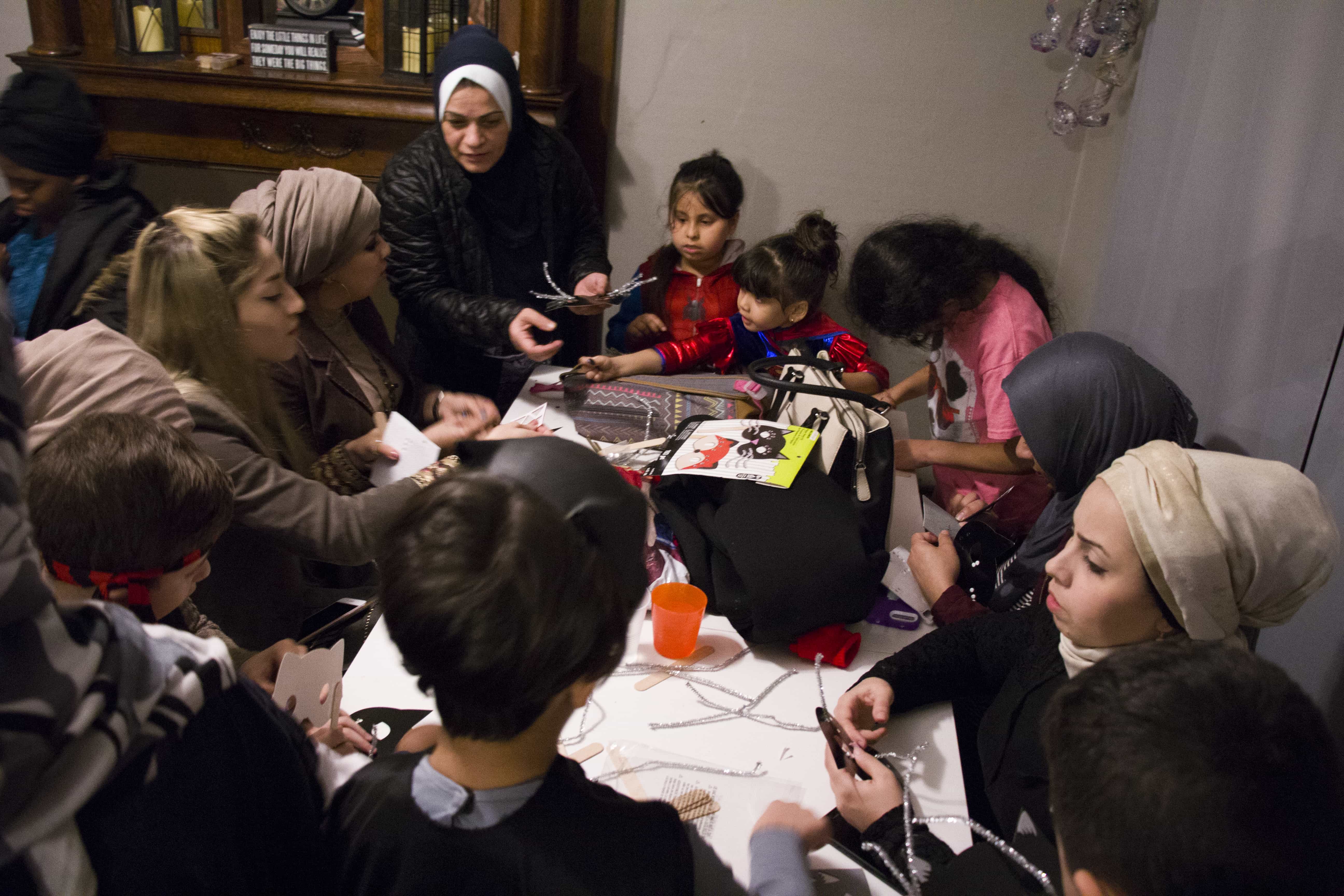
In the back of the Hopeprint office, refugee women tackle a colorful explosion of winter coats, snow pants, hats, gloves, and boots, all donated by a local school. A woman named Genevieve pulls a dark fur coat from a mountain of clothes and slides it on. Then she returns to filling a jumbo trash bag of winter gear for her family. At the big wooden table, people check off goals which they want to achieve on worksheets. Someone circles, “Buy a house.” Near the front door, a man in glasses tries to explain to two women why Delaware has so few representatives when Texas has so many. They’re studying for their citizenship test. At 8 p.m. these new Americans heave up their bags of clothes and head out into a dark, frozen Syracuse. Uzayisenga hangs behind. She’s smiling down at her baby, now in the car seat, and holding the child’s tiny foot in her hand. “I’m going to wait until the kids get big, and then I will start again for my GED,” she says. The baby girl’s unblinking eyes squint, and she smiles back at her hopeful mother.


